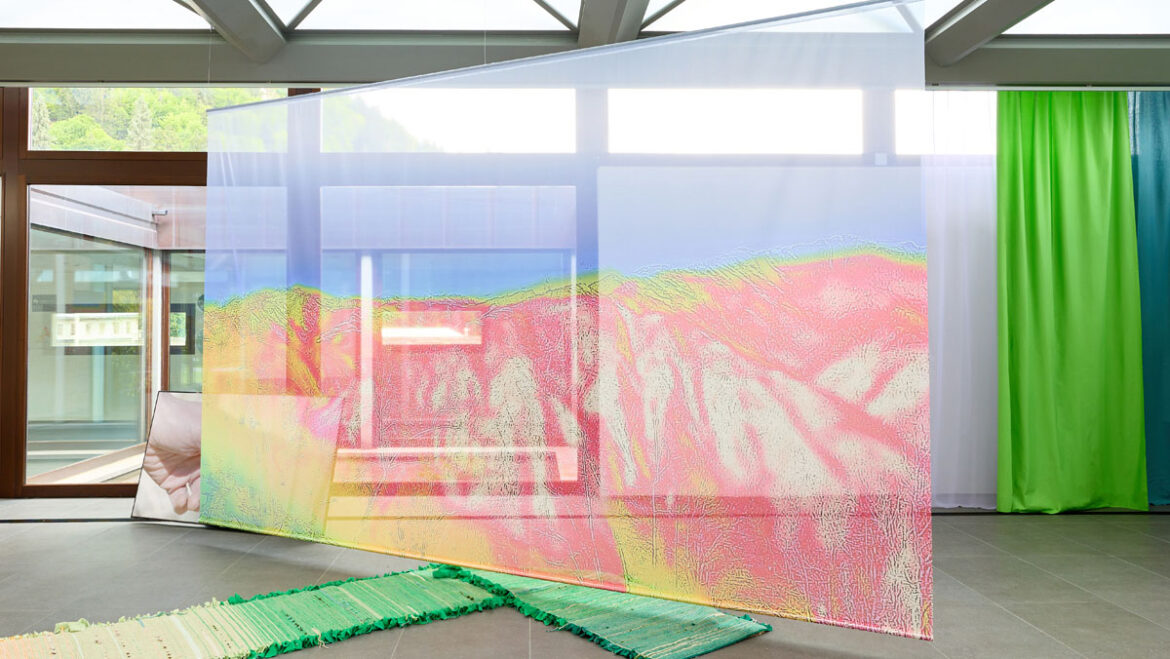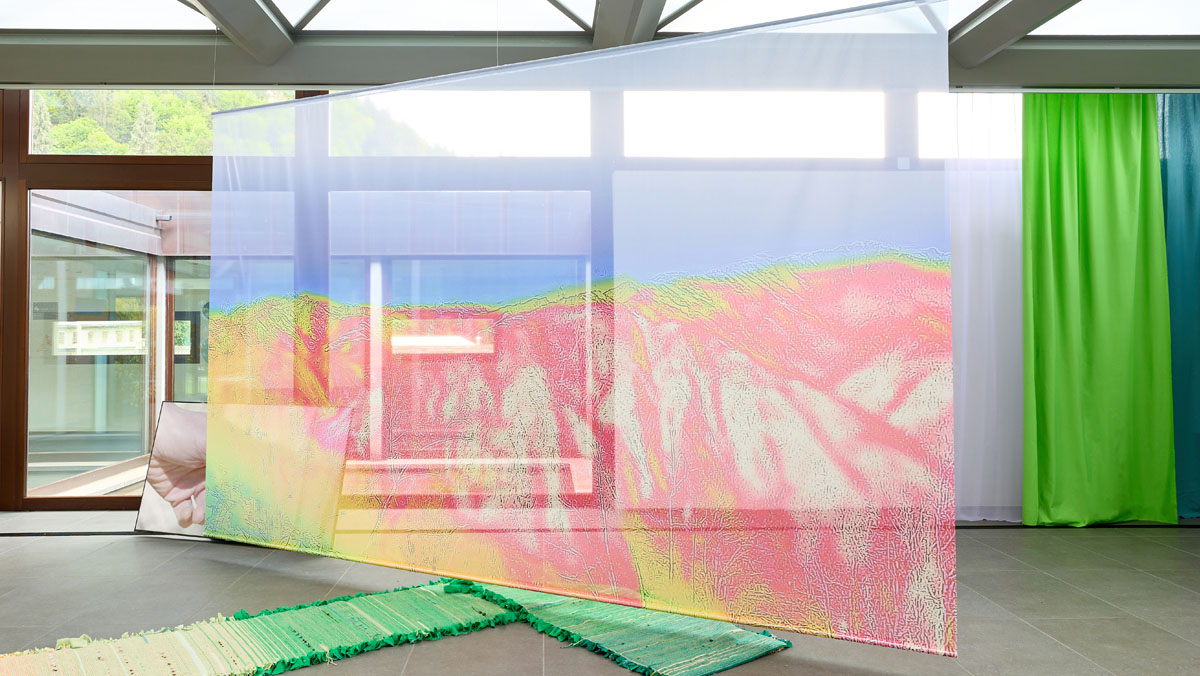
How did the collaboration with the Zegna Foundation come about? What fascinated you the most about this location? What were you most interested in capturing, and therefore telling about the place?
The collaboration began when I was invited to create a site-specific project by curator Ilaria Bonacossa. From my first visits to Casa Zegna, I was immediately fascinated by the nature of the exhibition place: a former winter garden completely gazed, designed by landscape architect Pietro Porcinai, where the light changes depending on the time of the day or season, and the temperature is artificially controlled only as much as necessary, giving a sense of symbiosis with the landscape. Therefore, I wanted to develop a project that emphasized this relationship, working on the concept of human interdependence with the environment as opposed to its exploitation and aggressive conditioning.
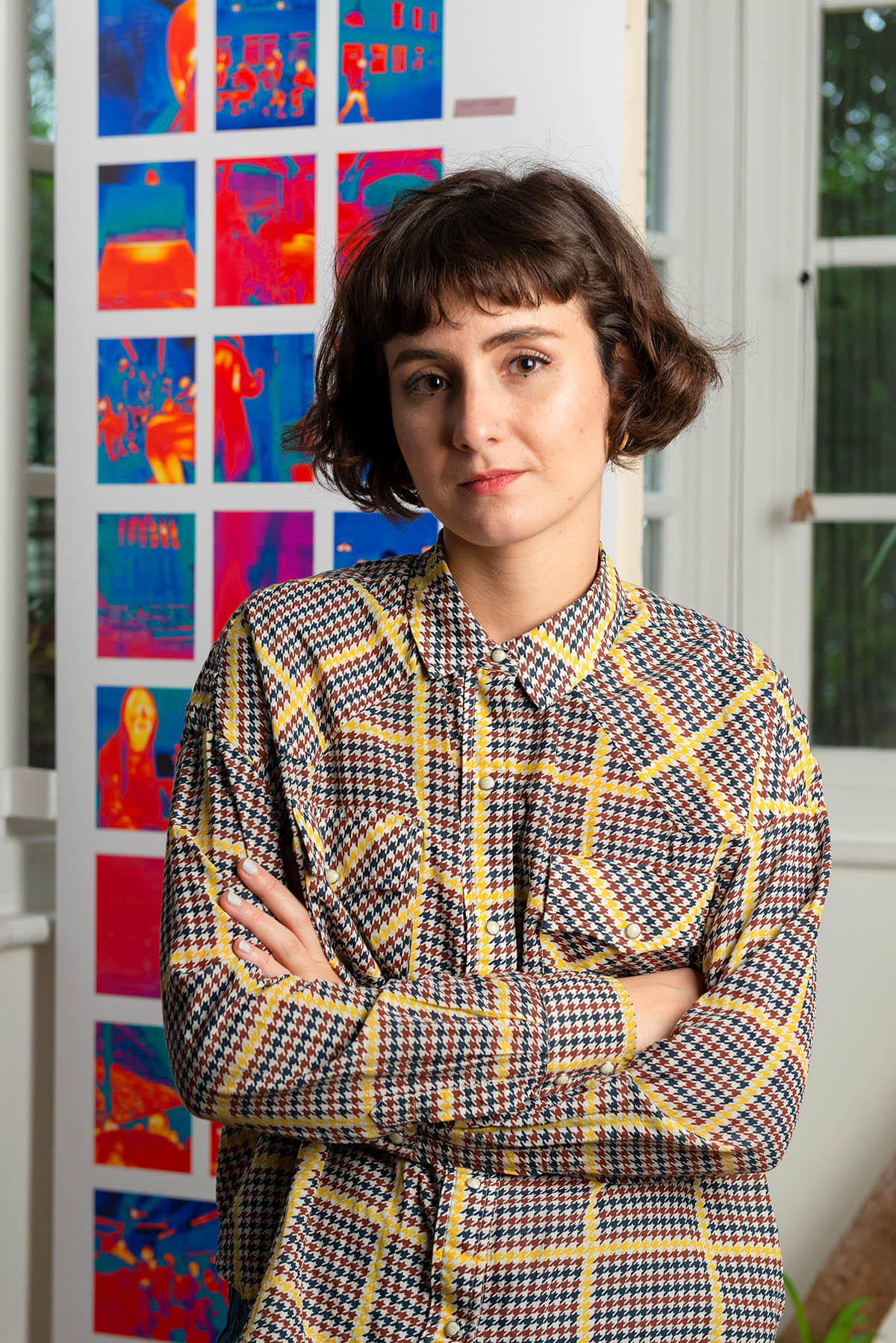
Tell us more about it.
The exhibition revolves around the changing seasons and the climatic and environmental changes, and thus the temperatures, during seven months. These changes are incorporated into the artworks and the installation itself, which varies throughout the exhibition with two different setups: one for the warm summer months and the other for the cold winter months. The project is therefore centered on the seasons and the atmospheres they bring with them: their practical/symbolic value in the climate crisis era, especially in a mountain environment; the feelings of loss and nostalgia associated with their gradual disappearance; and the gestures (actions) of resistance to reverse this trend, highlighting the interconnection between humans and non-humans. The installations is accompanied by an original soundscape, also in two phases, created by sound artist and composer Renato Grieco.
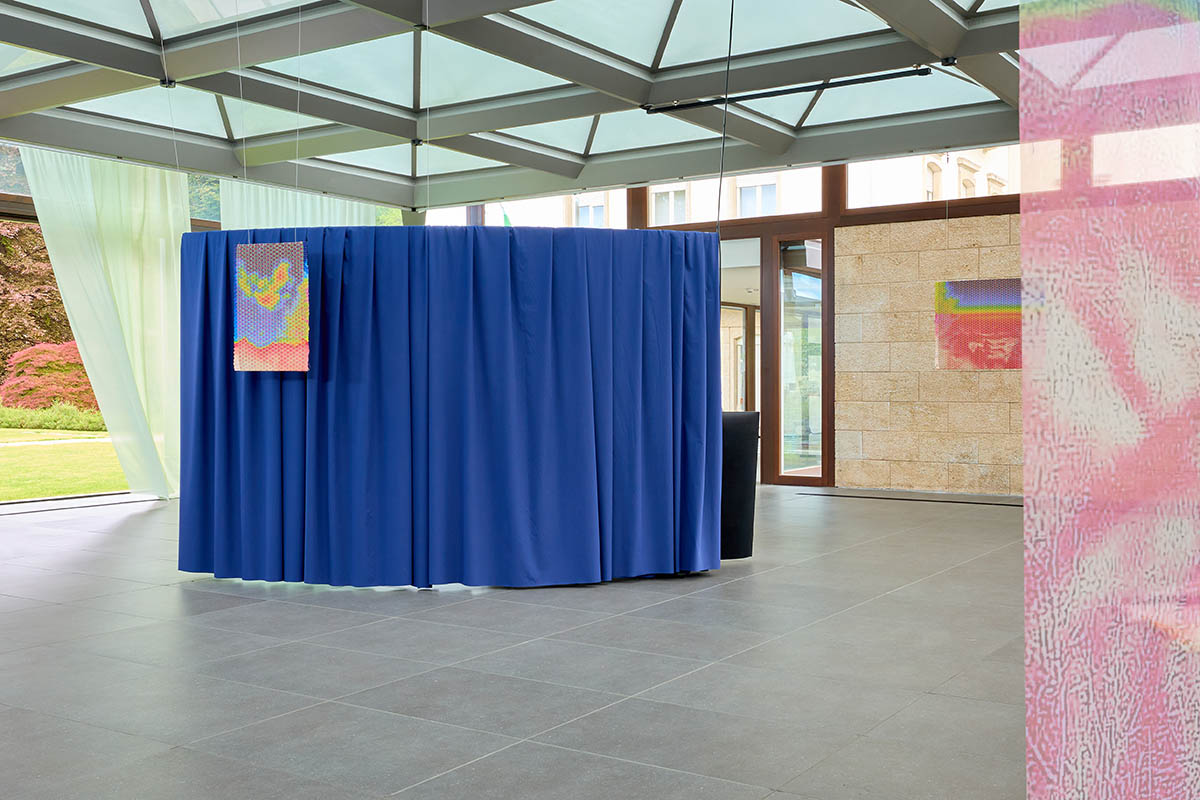
The textile works are created in collaboration with the women’s weaving department of the San Patrignano Community. What did it mean to involve these young women in the project?
I often collaborate with artists and artisans. Exchanging knowledge and welcoming others into my artistic process is part of my practice. In this case, the encounter with the textile workshop of the San Patrignano Community – a place that offers free support to young people struggling with drug addiction issues – and the girls who work there was very enriching both artistically and personally, as I found myself in a communal and creative environment permeated with care. These young women contributed with their incredible technical expertise to the project, not only in the execution (entirely done with hand looms) but also in the conception of a large part of the works on display (Cold As You Are (Winter Landscapes), 2024; Cold As You Are (Clouds), 2024; Cold As You Are (Rhododendron), 2024; floor paths Atmosferica, 2024).
I believe much of the value of the final result comes from the fact that it is the product of this communion of experiences.
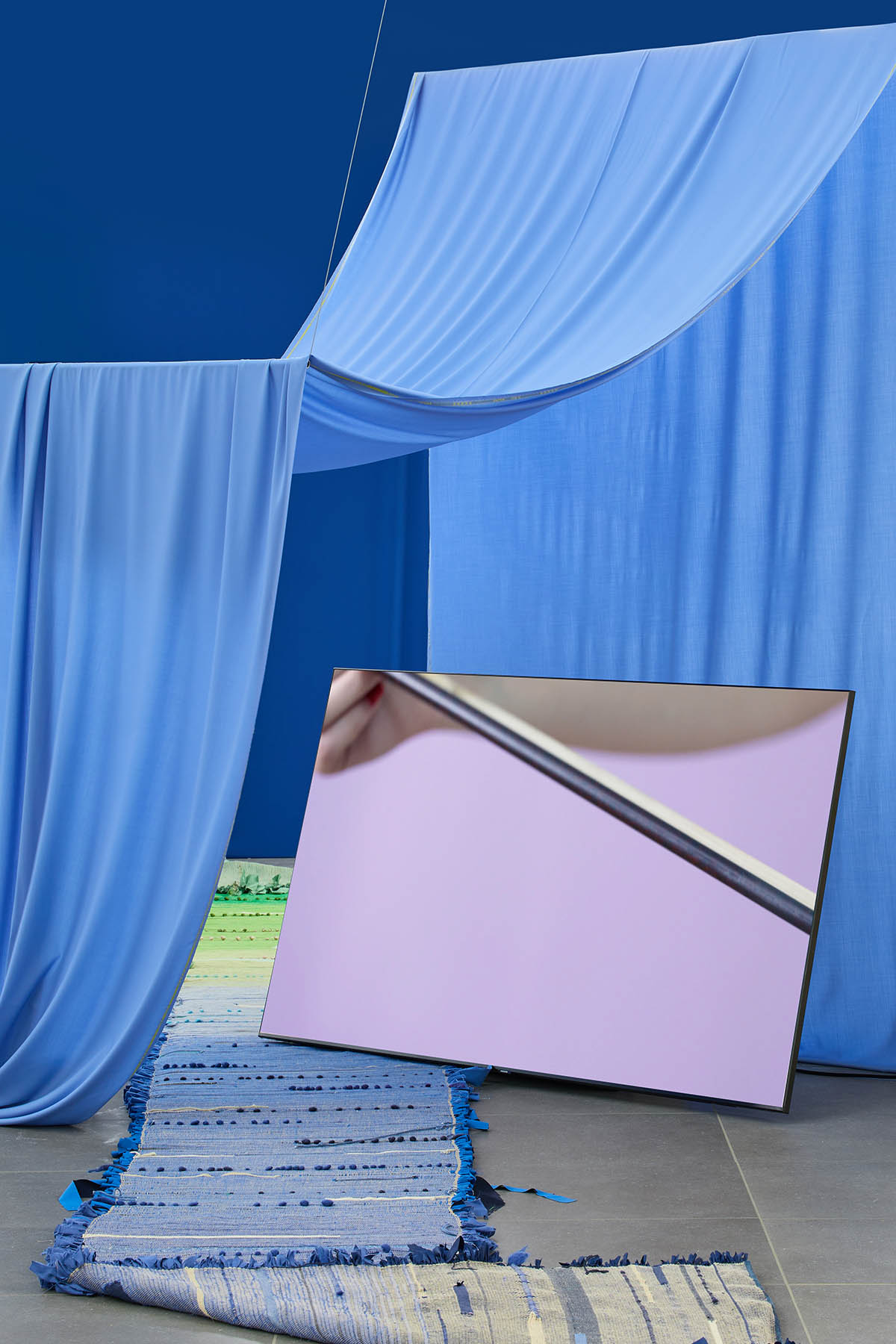
One of the sources of inspiration for the exhibition project is Tonino Griffero’s essay Atmosferologia. Estetica degli spazi emozionali (2017). What is the atmospheric theory of art and how does your work reflect it?
My work shares with Griffero’s phenomenological aesthetic research (following Schmitz and Böhme’s theories) the conception of emotion as an ‘atmosphere’ – something that does not come exclusively from within the subject but, rather, something semi-objective that is constituted outside of us, from the encounter between multiple bodies (human, non-human, discoursive, etc.) in a given spatial and temporal situation. This view of emotions attributes significant importance to the sensory part of the experience, emphasizing its shareability and its potential for material and spatial analysis. Moreover, it values the indissoluble bond between human perception and the environment.
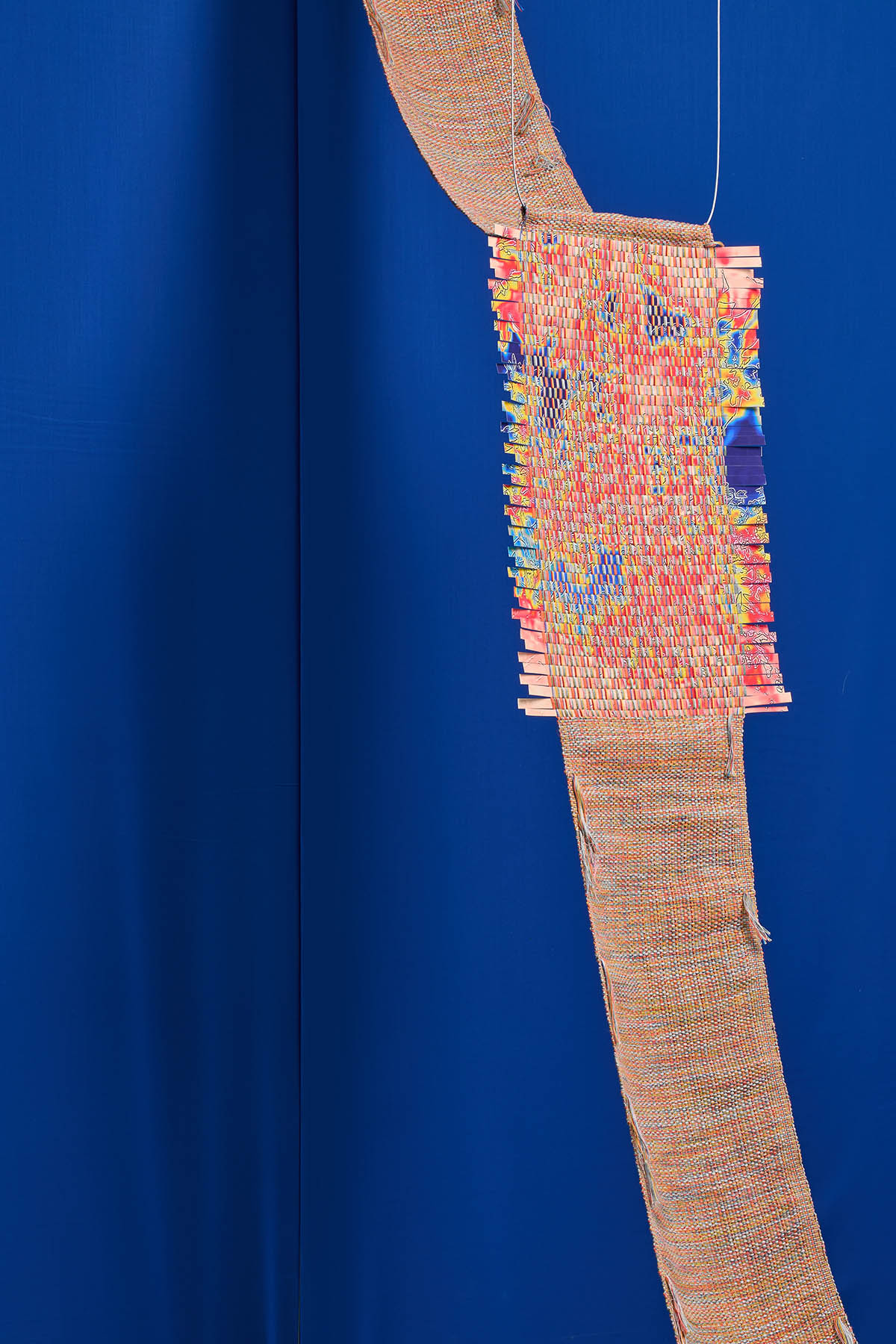
The exhibition project places significant emphasis on the value of the gesture. What kind of value do you generally attribute to your artistic action?
The project specifically focuses on the touch. The exhibition includes a multi-channel video installation (Tempers, 2024) featuring close-ups of the hands of people who live in or frequent the valley and the wool mill, whom I met during the project’s realization. I was immediately struck by their physical and sensitive relationship with the materials and the context, maintained through a highly developed sense of touch. This moving image component functions as a haptic amplifier for the entire installation, which is structured around this concept. Just like the gesture of the filmed hands, the fabric also highlights the connection between temperature and touch, and the fundamental properties of this sense for our survival.
It is through tactile sensations that we can detect variations in pressure, temperature, and texture: touch allows us to explore our surroundings, communicate with others, and experience emotions through physical contact.
In your previous series of works Ministry of Loneliness (2021-2023), you placed loneliness at the center of the artistic reflection as a condemnation of contemporary society. In this project, however, there is a breathing sense of collectivity (one of the key values for the Zegna Foundation as well). Does the community become a stratagem of resignation or an antidote for survival?
In the series, loneliness is understood as a condemnation only if one does not direct the pain it causes towards its true cause. That is, if one does not shift the reflection on loneliness from the personal sphere to the political, recognizing that this emotional state is inseparably linked to the capitalist system and serves its reproduction. This kind of awareness holds transformative and potentially revolutionary power – in my work, once freed from its stereotype, loneliness becomes a tool for collective empowerment.
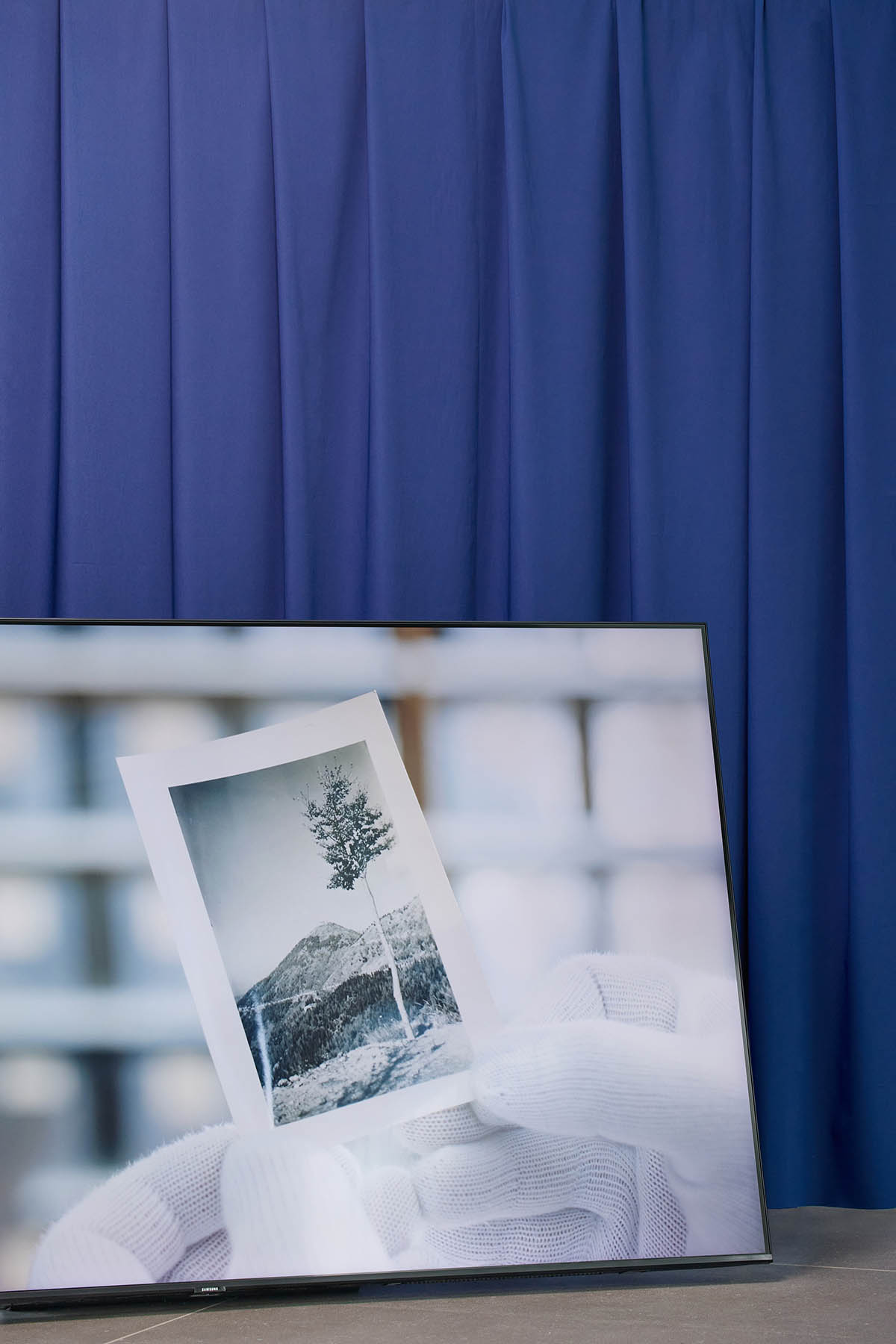
In a system centered on individualism and competitiveness, building communities is not a stratagem but the only mode of resistance. This is our lesson from mountain communities, such as the one where the Zegna Foundation is located who have always understood that recognizing interdependence allows for survival.
Lastly, what is your relationship with atmospheres like?
The beauty of atmospheres is that they do not exist without materiality and specificity. They are created in our sensitive encounter with the world, within specific situations. As an artist and as a human being, I maintain an open, reflective, and emancipated relationship with my perception.
Rebecca Moccia (b. 1992, Naples) is an artist whose transdisciplinary practice explores the materiality of perceptive and emotional states that can emerge from specific social and spatial characteristics. Rebecca Moccia’s works have been exhibited at the International Short Film Festival (Oberhausen), Fondazione ICA Milano (Milan), Jupiter Woods (London), Fondazione Sandretto Re Rebaudengo (Turin), Fondazione Prada (Milan), Italian Cultural Institute (Brussels), Fondazione Morra Greco (Naples), Mazzoleni (London-Turin), Museo Novecento (Florence), MACRO (Rome), among others. Between 2021 and 2023 she gained important recognition for her work such as the international research grant issued by the Italian Ministry of Culture (Italian Council X – DGCC) for the project Ministry of Loneliness, a collaboration with Magazzino Italian Art (New York), Outset (London), Nanzan University (Nagoya) among other cultural partners, will be presented at the Italian Pavilion of the 15th Gwangju Biennale. Rebecca Moccia is among the founding members of AWI – Art Workers Italia. https://rebeccamoccia.it/
Carlotta Verrone (b.1997, Ivrea) holds a degree in archaeology and art history from the Catholic University of the Sacred Heart in Milan. Currently, she is pursuing an international master’s degree in arts and culture management at the Rome Business School. She has experience as a communications, press office, and public relations consultant for art. She has a passion for writing and loves 20th-century Italian art, although her favorite artist is Gustav Klimt. She is a true pasta connoisseur and her greatest love is a Scottish Fold named Sandro.




